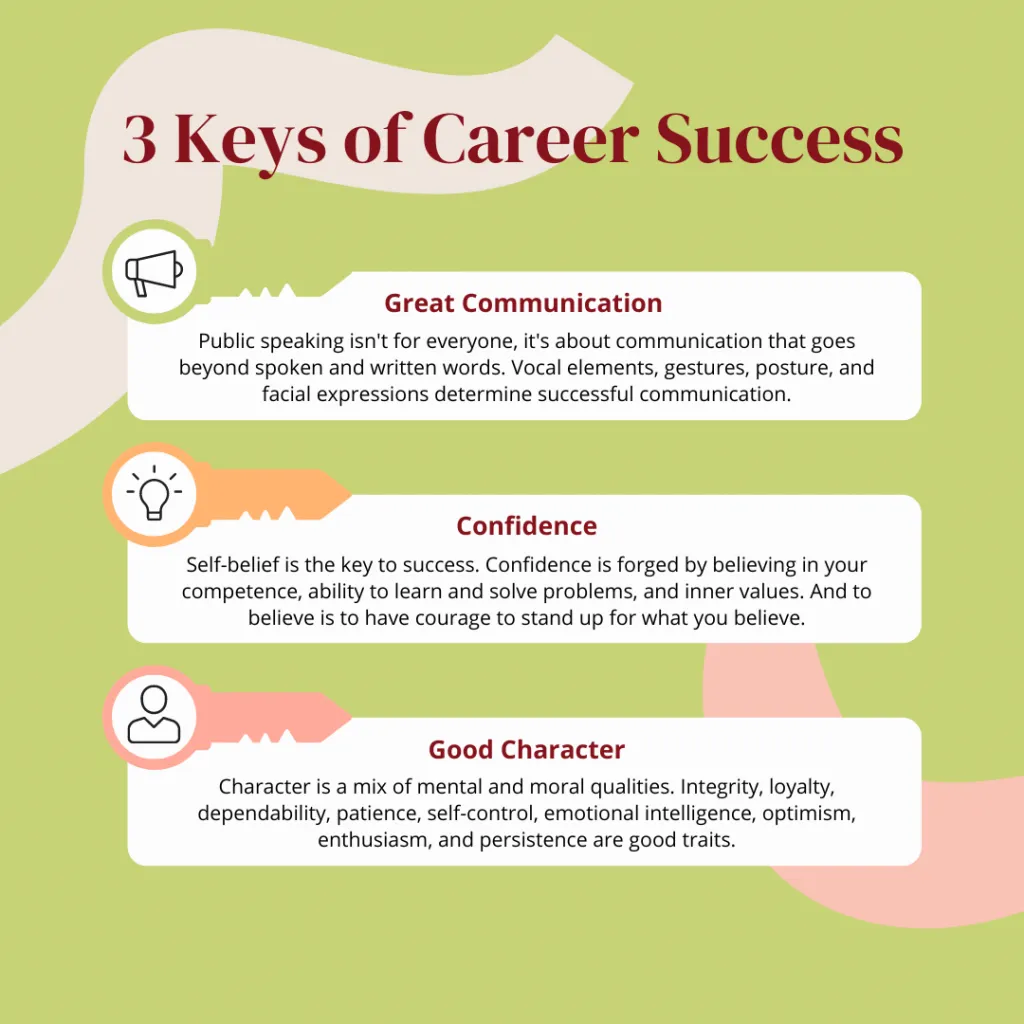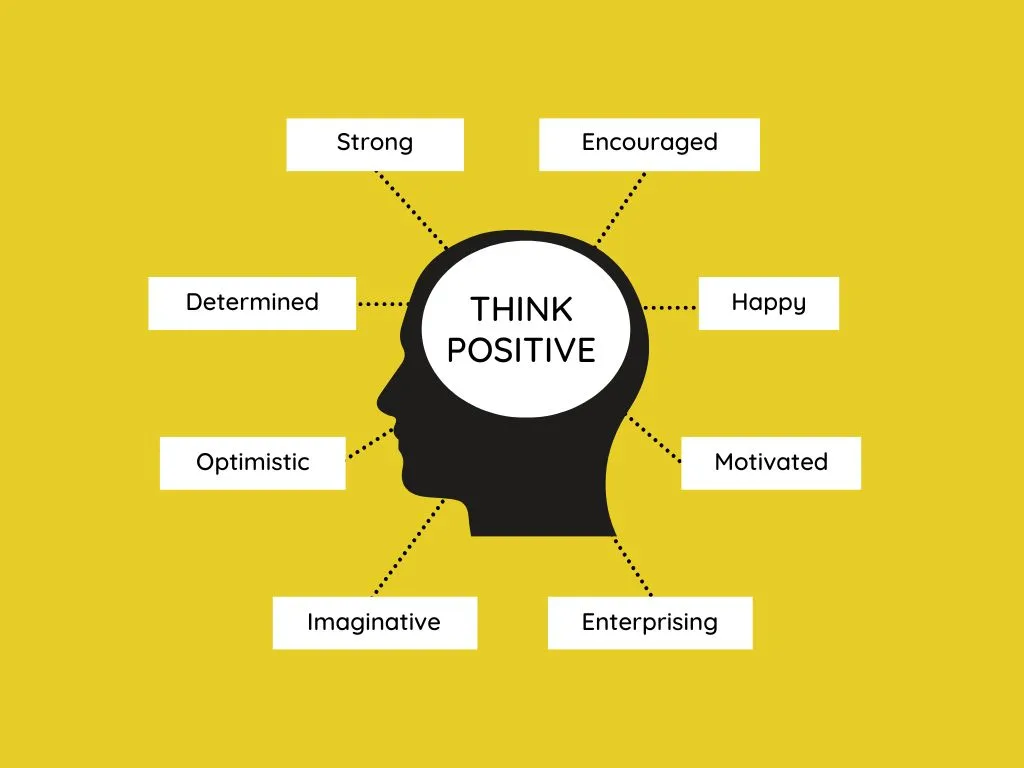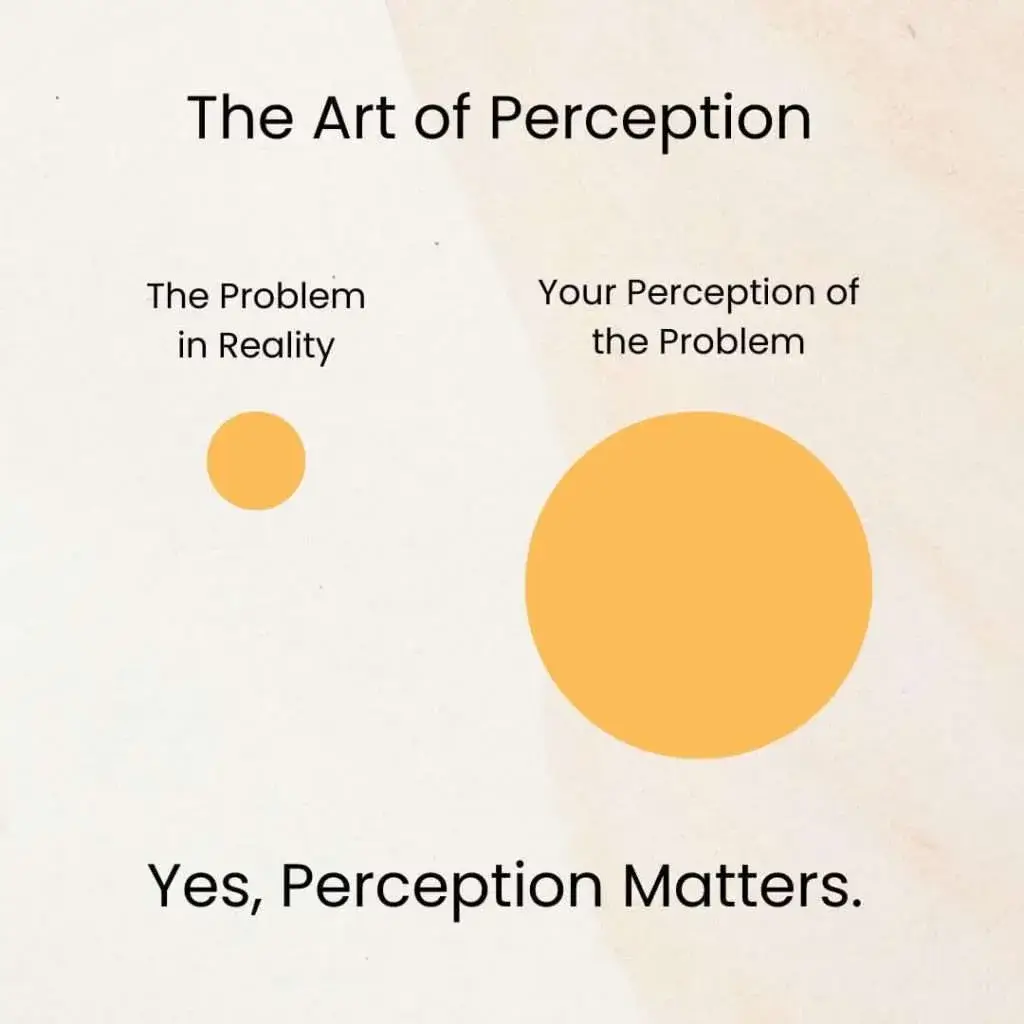
Table of Contents
Mastering Emotional Intelligence for Enhanced Workplace Dynamics
Emotional Intelligence (EI) is pivotal in recognizing, understanding, and managing our emotions and those around us. It’s the blend of self-awareness, empathy, and emotional regulation that transforms workplace interactions and productivity. This article explores the essence of emotional intelligence in professional settings, its myriad benefits, and actionable strategies to nurture it for improved workplace harmony and efficiency.
The terms Emotional Intelligence (EI) and Emotional Quotient (EQ) are often used interchangeably in discussions about understanding and managing emotions, both in oneself and in others. However, there is a subtle distinction between the two:
Emotional Intelligence (EI)
Emotional Intelligence refers to the capability of individuals to recognize their own emotions and those of others, discern between different feelings and label them appropriately, use emotional information to guide thinking and behavior and manage and/or adjust emotions to adapt to environments or achieve one’s goals. It encompasses a range of skills and competencies that enable individuals to be aware of, control, and express their emotions, as well as handle interpersonal relationships judiciously and empathetically.
Emotional Quotient (EQ)
Conversely, Emotional Quotient (EQ), on the other hand, is a measure of Emotional Intelligence. It is a quantitative score, like the Intelligence Quotient (IQ) for cognitive intelligence, that aims to assess an individual’s level of emotional intelligence. EQ tests or assessments attempt to quantify EI by evaluating various competencies such as self-awareness, self-regulation, social awareness (empathy), and relationship management (social skills).
Relationship Between EI and EQ
• Concept vs. Measurement: EI is the overarching concept encompassing the skills and abilities related to emotional awareness, regulation, and application. EQ is a metric, or score derived from assessments designed to evaluate those skills and abilities.
• Interchangeable Use: Despite the technical distinction, in popular media and everyday language, EI and EQ are often used interchangeably. When people refer to EQ, they are usually talking about the competencies and skills associated with emotional intelligence, not just the score from an assessment.
The Role of Emotional Intelligence in Professional Success
Emotional intelligence is a significant predictor of professional success, surpassing traditional measures like IQ. It underpins effective leadership, collaborative teamwork, and resilient conflict resolution. High-EI individuals excel in navigating the complex emotional landscape of the workplace, fostering an environment conducive to innovation and growth.
Advantages of Emotional Intelligence in Professional Settings
The ripple effects of high emotional intelligence in the workplace are profound:
• Enhanced Communication: EI fosters clear, empathetic communication, bridging gaps between diverse perspectives.
• Stress Resilience: Individuals with high EI are adept at managing stress and maintaining composure under pressure.
• Conflict Resolution: EI equips individuals with the skills to resolve conflicts constructively, turning potential setbacks into opportunities for growth.
Cultivating Emotional Intelligence for Workplace Excellence
Elevating your emotional intelligence is a journey of continuous self-reflection and learning. Here are practical steps to enhance your EI:
• Mindfulness and Meditation: Regular mindfulness practices can significantly improve self-awareness and emotional regulation.
• Emotional Literacy: Expand your emotional vocabulary to articulate feelings more precisely, enhancing emotional expression and understanding.
• Empathetic Engagement: Strive to understand colleagues’ emotions and viewpoints, fostering a culture of empathy and inclusiveness.
Case Study: Satya Nadella’s Transformation of Microsoft
When Satya Nadella took over as CEO of Microsoft 0o February 4th, 2014, he inherited a company known for its cutthroat culture and internal competition. Nadella focused on shifting the organizational culture towards one of empathy, collaboration, and growth mindset, fundamentally rooted in principles of Emotional Intelligence (EI).
Actions Taken:
• Cultural Shift: Nadella encouraged employees to embrace a “learn-it-all” mentality over a “know-it-all” mentality, fostering an environment where learning from failures and understanding others’ perspectives were valued.
• Empathy in Product Development: Under Nadella’s leadership, Microsoft placed a greater emphasis on designing products with a deep understanding of user needs, including those with disabilities, leading to innovations like the Learning Tools for OneNote, designed to improve reading comprehension for users with dyslexia.
Outcomes:
• Employee Engagement: Microsoft saw a significant increase in employee satisfaction and engagement, as measured by internal surveys.
• Business Performance: The company’s focus on collaboration and empathy led to renewed innovation, resulting in significant growth in new areas such as cloud computing and AI.
Navigating Workplace Negativity with Emotional Intelligence
Negative dynamics can undermine workplace morale. Employing EI strategies can mitigate these effects:
• Perspective-Taking: Try to understand the root causes of colleagues’ negativity, facilitating more effective communication and problem-solving.
• Assertive Communication: Employ clear, respectful communication to express your needs and boundaries, promoting a positive work environment.
• Boundary Setting: Establish clear boundaries to protect your emotional well-being, ensuring professional interactions remain constructive.
Integrating Emotional Intelligence into Your Professional Development
Incorporating emotional intelligence into your professional skill set is not just beneficial but essential in today’s fast-paced, emotionally complex workplace landscapes. By committing to developing your EQ, you not only enhance your career trajectory but also contribute to a more positive, productive, and innovative organizational culture.
EQ Assessment Tools
Emotional Quotient Inventory (EQ-i 2.0):
• Developer: Originally developed by Reuven Bar-On and later updated to EQ-i 2.0 by Multi-Health Systems Inc.
• Components: The EQ-i 2.0 assesses various dimensions of EI, including self-perception, self-expression, interpersonal skills, decision-making, and stress management.
• Application: It’s used in organizational training, leadership development, and personal coaching to identify areas of strength and potential development in emotional intelligence.
Mayer-Salovey-Caruso Emotional Intelligence Test (MSCEIT):
• Developers: Developed by John Mayer, Peter Salovey, and David Caruso, pioneers in the field of emotional intelligence and multi-Health Systems Inc.
• Structure: The MSCEIT is performance-based and measures the ability to perceive, use, understand, and manage emotions through a series of tasks and questions.
• Usage: This tool is often used in academic research, clinical settings, and corporate training programs to provide a detailed analysis of an individual’s emotional abilities.
Technological Tools for Enhancing EQ
Mood Meter App:
• Developed by the Yale Center for Emotional Intelligence, the Mood Meter is a tool designed to help users become more conscious of their emotions by logging and analyzing their emotional states over time. It encourages reflection on emotions and their impact on actions.
Oji Life Lab:
Oji Life Lab offers a mobile learning platform that combines emotional intelligence learning modules with coaching. Their “Emotion Life Lab” focuses on developing emotional skills through interactive content and practical exercises, making it suitable for both personal and professional development.
Virtual Reality (VR) Training:
VR technology is being used to simulate complex social situations and environments where users can practice and enhance their emotional intelligence skills, such as empathy, communication, and conflict resolution. Companies like Talespin are creating VR scenarios that allow employees to practice soft skills in lifelike simulations, receiving real-time feedback on their performance.
Final Thoughts: The Transformative Power of Emotional Intelligence
Emotional intelligence is more than a soft skill—it’s a fundamental component of professional success and personal fulfillment. By prioritizing the development of EI, professionals can navigate the intricacies of workplace dynamics with grace, lead with empathy, and create an environment where everyone thrives. The journey to high emotional intelligence is a rewarding investment in your professional and personal growth, with dividends that extend far beyond the office walls.
Reference
Hit Refresh: “The Quest to Rediscover Microsoft’s Soul and Imagine a Better Future for Everyone” by Satya Nadella, Greg Shaw, and Jill Tracie Nichols.

